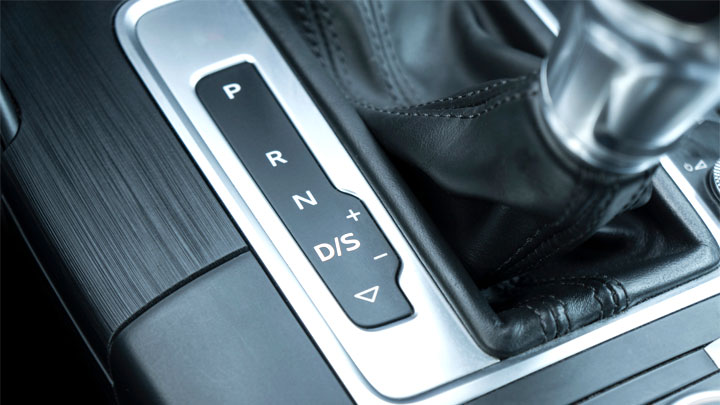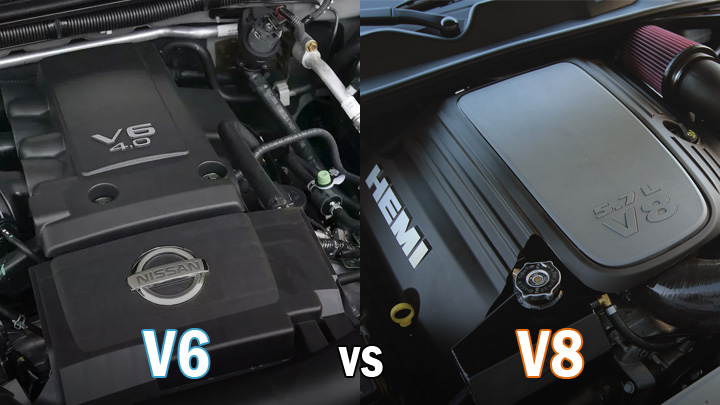Last Updated on October 5, 2021
CVT stands for Continuously Variable Transmission. The first CVT patent was awarded to Daimler-Benz in 1886. The CVT concept had been applied to saw mill machinery seven years earlier by an inventor named Milton Reeves.
Down through the decades, CVTs have appeared in numerous automobiles, motorcycles and more recently in snowmobiles and ATVs. As you may imagine, all those applications were for relatively low horsepower machines and that trend has continued for automobile applications.
For example, the first automobile CVT application offered in the United States was the 1989 Subaru Justy. This small Japanese car had “just” 66 bhp and sold for a mere $6,100. How times have changed.
What is a CVT?

A CVT is a transmission design that offers, as the name suggests, continuously variable gear ratios. It changes ratios automatically as you drive like a conventional automatic transmission, adjusting the overall gear ratio to account for speed and power requirements.
Three basic designs have been used in recent automobiles.
- The first and oldest employs variable diameter sheaves (pulleys) connected by a metal mesh chain to adjust the overall gear ratio.
- The second called the toroidal drive system was offered by Nissan around 1999 and used rotating cylinders working between two discs. For several reasons, Nissan discontinued the use of this design.
- The third, developed by Toyota, initially for its hybrid Prius, is called the ECVT (Electronic CVT) and is a bit more complex than the other two designs. This design consists of a planetary gearbox that uses electronic features to provide variable gear ratios, but more importantly it perfectly integrates the power from a gasoline engine and two motor generators to both propel the car and keep the battery fully charged.
See here to understand how a CVT works and how it compares to other transmission types.
Cars With a CVT Transmission
Below are the car manufacturers that offer a standard or available CVT transmission in the 2021 model year. Hybrid vehicles (cars powered by a combination of a gasoline engine plus electric motors) may use some type of ECVT.
| Manufacturer | Model(s) |
|---|---|
| Buick | Encore GX |
| Chevrolet | Cruze, Malibu, Trailblazer, Spark |
| Chrysler | Pacifica Hybrid (PHEV*) |
| Dodge | Caliber |
| Ford | Escape Hybrid, Escape (PHEV) |
| Honda | Accord, Accord Hybrid, Civic, Clarity (PHEV), CR-V, CR-V Hybrid, HR-V, Fit, Insight |
| Hyundai | Accent, Elantra, Venue |
| Infiniti | QX50, QX55, QX60 |
| Jeep | Compass, Patriot |
| Kia | Forte, Rio, Seltos, Soul |
| Lexus | ES 300h, NX 300h, RX 450h, RX 450hL, UX 20h |
| Lincoln | Corsair Grand Touring (PHEV) |
| Mitsubishi | Mirage, Mirage G4, Outlander (PHEV), Outlander Sport |
| Nissan | Altima, Kicks, Maxima, Murano, NV200, Pathfinder, Rogue, Rogue Sport, Sentra, Versa |
| Subaru | Ascent, Crosstrek, Crosstrek Hybrid (PHEV), Forester, Impreza, Legacy, Outback |
| Toyota | Avalon Hybrid, C-HR, Camry Hybrid, Corolla, Corolla Hybrid, Highlander Hybrid, Prius, Prius Prime (PHEV), RAV4 Hybrid, RAV4 Prime (PHEV), Sienna, Venza |
CVT Pros and Cons
Some of the advantages and disadvantages discussed here may simply be personal preferences. Others are the practical realities you can expect with today’s CVTs.
Pros

- Cars with CVTs generally yield better gas mileage than the same car with a conventional automatic.
- CVT-equipped cars tend to “shift gears” more smoothly than their automatic brethren.
- Ratio changes with a CVT tend to be smooth, eliminating the often jerky gear changes of some automatic transmissions.
- In hilly country, CVTs can find the right ratio for smooth hill climbing where conventional automatics may tend to “hunt” for the right gear.
- CVTs weigh less than equivalent automatic transmissions. Lighter cars will consume less fuel than heavier ones so the weight savings here can help provide more economical operation.
Cons

- At this stage of CVT development, these transmissions in general may not provide the length of trouble-free service we’ve grown to expect with automatics.
- Though simpler than automatic transmissions in terms of parts count, the key CVT component, the flexible steel belt, can often be the first part that fails. Should this happen, you will need a tow, and repairs can be quite costly.
- CVTs smoothly change gear ratios as the car accelerates eliminating the well known shift points of an automatic. That’s nice but some drivers actually find this a bit unnerving.
- For example, with a conventional automatic, when accelerating from a full stop, the engine speed increases in proportion to the increase in car speed. This provides a sensory feedback loop that tells you the car is operating properly.
- With a CVT, the engine speed stays relatively constant while the car accelerates. For some this presents a kind of logical disconnect that’s hard to reconcile. It’s a mental message that the drive system is just not working right. In time, one can grow accustomed to this performance peculiarity. But initially, it can be disconcerting.
- Toyota has addressed this peculiarity in some models through the use of an initial ‘fixed’ gear ratio that allows the engine speed to begin slowly and increase in proportion to car speed. This is an electro-mechanical simulation of automatic transmission behavior that some drivers will appreciate.
- Other manufacturers insert firm shift points at preset car speeds to give the driver the feel of a conventional automatic. This practice will, unfortunately, negate some of the fuel efficiency benefits of a CVT’s infinitely variable gear ratios.
Are CVTs Reliable?

They have a checkered history in this regard. Early CVT designs in the late 80s and early 90s were notoriously unreliable. Purchasing a pre-owned CVT-equipped car made back then could be a risky proposition.
Additionally, over the years, cars with CVT systems have suffered many factory recalls. During that time, most of the early teething problems have been reasonably well resolved.
On the positive side, Honda and Toyota have experienced good durability with their CVT systems. Honda sits at the top of the rankings. Subaru has also produced reasonably reliable CVT-equipped cars. Nissan products, however, have spent more time back in the dealer’s service bay than similar designs by other makers.
Nissan has also persisted in offering somewhat higher horsepower CVT-driven cars than the other car makers. Unfortunately CVT systems seem to be more prone to mechanical issues when higher power demands are placed upon them.
A number of class action lawsuits have been filed against several manufacturers with respect to CVT problems. Prior to considering any car so equipped, a review of online data in this regard could prove beneficial.
Also, use of any of several online automobile reliability sources could shed light on a particular make and model CVT-equipped car that interests you. Sources like Car and Driver, Consumer Reports, Edmunds, J.D. Power, Kelley Blue Book, and others could prove helpful.
See Also: Symptoms of a Blown Transmission
CVT Transmission Life Expectancy
In today’s marketplace, new cars with CVTs can be expected to provide reliable operation up to about 100,000 miles. For most cars, overall reliability will be poorer than that expected with a conventional automatic or manual transmission.
But excellent owner care can lengthen this projection. Indeed, some owners who keep to the factory-specified service intervals, use the recommended lubricant(s) and avoid abusive driving habits can get up to 200,000 trouble-free miles with a CVT.
Does CVT Maintenance Differ From a Normal Automatic?
Yes, CVT maintenance does differ in some respects. For example, most CVTs have one oil filter and some have two. Changes of oil and filter(s) and system flushing may be required as often as every 25,000 miles.
Normal automatic transmissions generally have only one filter and can typically go much further between the need for this type of service.




